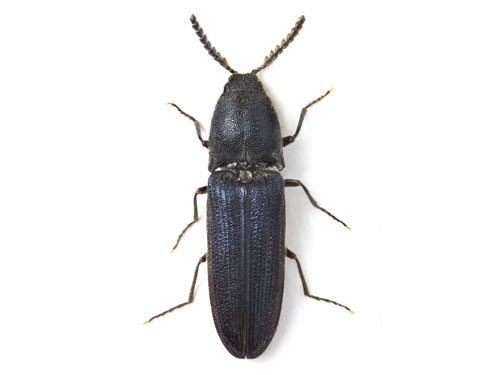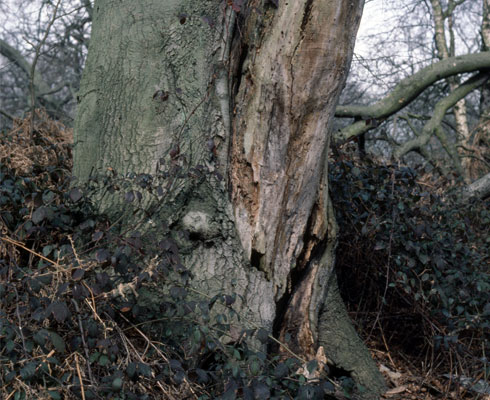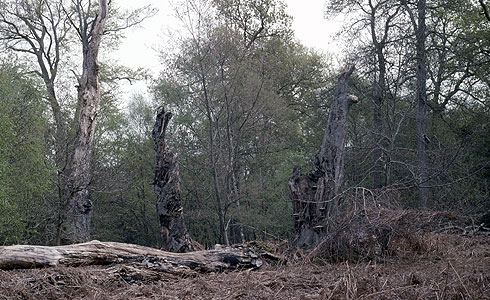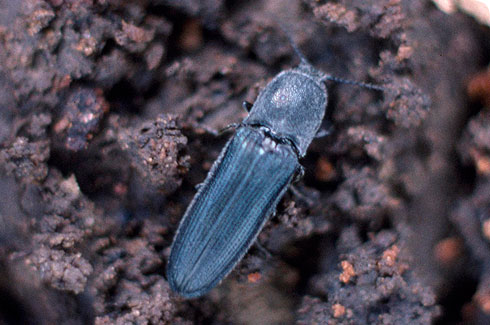Limoniscus violaceus (violet click-beetle)
Limoniscus violaceus belongs to a family of beetles known as click-beetles, Elateridae - they spring into the air with an audible ‘click’ when placed on their back or threatened. The beetle’s larvae live in rotten wood in ancient forests.
The violet click-beetle is one of the rarest beetles in the UK. It is a protected species and conservation efforts are underway to maintain populations and create new breeding sites.
Species detail
-

Taxonomy
Click-beetles can jump into the air with an audible ‘click’ when placed on their back or threatened. Find out how they do it.
-

Distribution
Limoniscus violaceus is only found at scattered sites across Europe and into Turkey. It lives in dead wood, and is only found in ancient forest habitats. Find out more about this beetle’s home.
-

Biology
The violet click-beetle breeds in the hollow trunks of dead trees. Discover what its larvae feed on.
-

Conservation
Limoniscus violaceus is a protected species. Find out what is being done to conserve populations and create new breeding sites.
-
References
Further reference information on Limoniscus violaceus.
Images

Larva of the violet click-beetle Limoniscus violaceus in Windsor Forest.
© Deborah Harvey
Museum specimen of the violet click-beetle Limoniscus violaceus (J A Owen collections), from Windsor Forest.

Dead beech Fagus sylvatica tree in which the violet click-beetle Limoniscus violaceus breeds, Windsor Forest.

Ancient woodland breeding habitat of Limoniscus violaceus, Windsor Forest.

Author
Howard Mendel
Head of Collections
Department of Entomology
Author's quote
"The violet click-beetle is iconic; it is a link to the past, to the time when Britain’s landscape was dominated by ‘wildwood’ forest. It is one of very few completely protected beetles in the UK and has received considerable media attention. Not long ago, the species was thought to survive in only one old tree in Windsor Forest."
